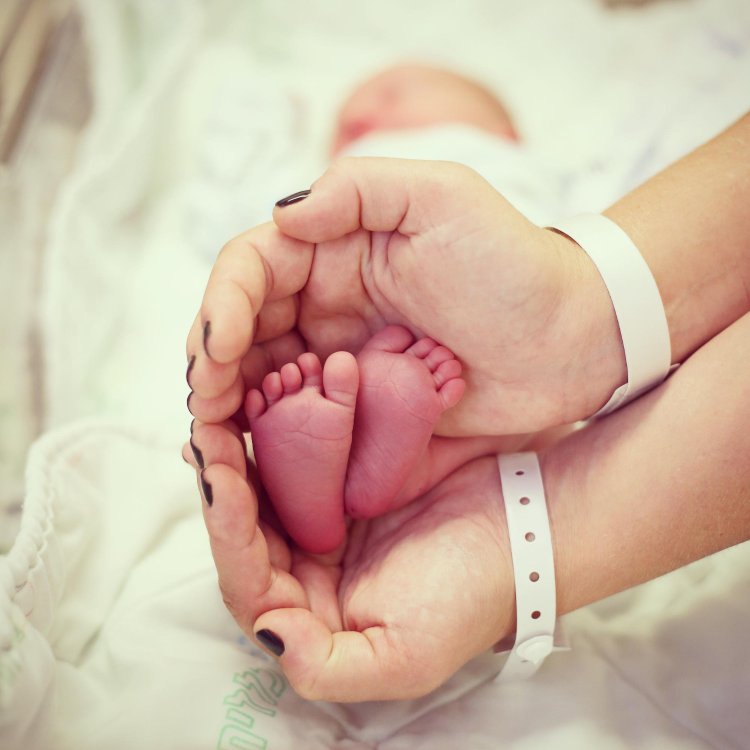Post-Cesarean Section Care: Comprehensive Guidelines
A cesarean section (C-section) is a significant surgical procedure used to deliver a baby through incisions in the abdomen and uterus. Proper post-operative care is crucial for a smooth recovery and to prevent complications. This article provides a detailed guide on the aspects that need attention following a C-section.

Immediate Post-Operative Care
Monitoring in the Recovery Room
- After the surgery, the mother is usually moved to a recovery room where vital signs (blood pressure, heart rate, oxygen levels) are closely monitored.
- The surgical site and the amount of vaginal bleeding (lochia) are also observed to ensure there are no immediate complications such as hemorrhage.
Pain Management
- Pain management is a priority. A combination of opioids and non-opioid analgesics may be used.
- Patient-controlled analgesia (PCA) pumps allow the patient to manage their pain relief within prescribed limits.
- Epidural or spinal analgesia might be continued for the first 24 hours post-surgery.
Mobility
- Early ambulation (walking) is encouraged, typically within 12-24 hours post-surgery, to enhance circulation, prevent deep vein thrombosis (DVT), and aid bowel function.
- Support and guidance from nursing staff are crucial during the first attempts to walk.
Urinary Catheter
- A urinary catheter is usually placed during the surgery and is typically removed within 12-24 hours post-operation.
- Monitoring urinary output is essential to ensure the bladder is functioning properly after the anesthesia wears off.
Hospital Stay
Incision Care
- The surgical incision needs to be kept clean and dry. Dressings are usually removed within 24-48 hours.
- Inspect the site daily for signs of infection such as redness, swelling, or discharge.
Breastfeeding Support
- Breastfeeding can be challenging post-surgery due to pain and limited mobility. Nurses and lactation consultants can provide guidance.
- Positions like the football hold can be more comfortable, reducing pressure on the abdomen.
Nutrition and Hydration
- A liquid diet is often recommended initially to ease digestion, gradually transitioning to a regular diet as bowel function returns.
- Adequate hydration is vital to aid recovery and support breastfeeding.
Emotional Support
- New mothers may experience a range of emotions, including joy, anxiety, and depression. Support from family, friends, and healthcare providers is essential.
- Psychological support or counseling may be beneficial for those struggling with postpartum depression or anxiety.
At Home: The First Few Weeks
Incision Care
- Continue to keep the incision clean and dry. Showers are usually allowed, but the incision should be patted dry gently.
- Avoid submerging the incision in water, such as in a bathtub or swimming pool, until it is fully healed.
Activity Restrictions
- Avoid lifting anything heavier than the baby for at least 6 weeks. This includes household items and older children.
- Refrain from strenuous activities and heavy exercise. Gentle activities like walking can aid in recovery without overexerting the body.
Pain and Discomfort
- Over-the-counter pain relievers such as ibuprofen or acetaminophen may be used as recommended by the healthcare provider.
- Persistent or severe pain should be reported to the healthcare provider to rule out complications.
Monitoring for Complications
- Watch for signs of infection such as fever, increased pain at the incision site, and foul-smelling discharge.
- Be alert for symptoms of blood clots, including leg pain, swelling, and redness.
- Unusual postpartum bleeding (more than a heavy period) should be reported immediately.
Breastfeeding and Nutrition
- Continue to seek breastfeeding support if needed. Proper latch and positioning can reduce discomfort.
- A diet rich in vitamins, minerals, and protein aids healing and provides the necessary energy for caregiving.
Rest and Sleep
- Adequate rest is crucial. Nap when the baby naps to avoid exhaustion.
- Accept help from family and friends with household chores and childcare to ensure sufficient rest.
Long-Term Considerations
Follow-Up Appointments
- Regular follow-up visits with the healthcare provider are necessary to monitor healing and address any ongoing concerns.
- These appointments often include checking the incision, discussing any symptoms, and addressing emotional well-being.
Exercise and Physical Activity
- Gradually reintroduce exercise based on medical advice. Low-impact activities like walking and gentle stretching can be beneficial initially.
- Pelvic floor exercises, such as Kegels, can help strengthen muscles weakened by pregnancy and surgery.
Emotional Well-being
- Postpartum depression and anxiety are common concerns. Seek support groups or professional help if needed.
- Open communication with partners and family about feelings and challenges can provide emotional support.
Scar Care
- Once the incision is fully healed, scar massage and the use of silicone sheets or gels can help improve the appearance of the scar.
- Protecting the scar from sun exposure can prevent discoloration.
Future Pregnancies
- Discuss future pregnancy plans with the healthcare provider. A history of C-sections can influence the management of subsequent pregnancies and deliveries.
- Some women may be candidates for a vaginal birth after cesarean (VBAC), while others may require repeat C-sections.
Recovering from a C-section requires careful attention to physical and emotional health. By following these detailed guidelines, new mothers can ensure a smooth recovery, reduce the risk of complications, and support their overall well-being. Always consult healthcare providers for personalized advice and to address any specific concerns during the post-operative period.
Disclaimer
The information provided in this article is for educational purposes only and should not be considered medical advice. If you have any health concerns or are experiencing symptoms, it is important to consult with a healthcare professional, such as a doctor or clinic, for proper diagnosis and treatment. Always seek the advice of your doctor or other qualified health provider with any questions you may have regarding a medical condition. Do not disregard professional medical advice or delay in seeking it because of something you have read in this article.
Hashtags
#CSectionRecovery #PostSurgeryCare #NewMothers #BreastfeedingSupport #EmotionalWellbeing
What's Your Reaction?





















